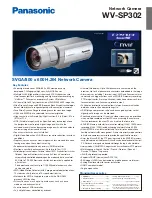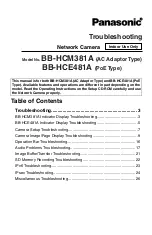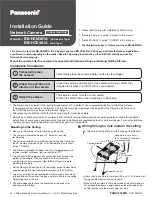
7
For example:
•
To create and access the
test
folder under the root directory of the flash memory on the global
active MPU:
<Master> mkdir test
Creating directory flash:/test... Done.
<Master> cd test
<Master> dir
Directory of flash:/test
The directory is empty.
524288 KB total (29832 KB free)
•
To create and access the
test
folder under the root directory of the flash memory in slot 0 on
member device 1:
<Master> mkdir chassis1#slot0#flash:/test
Creating directory chassis1#slot0#flash:/test... Done.
<Master> cd chassis1#slot0#flash:/test
<Master> dir
Directory of chassis1#slot0#flash:/test
The directory is empty.
524288 KB total (128812 KB free)
Configuration synchronization
IRF uses a strict running-configuration synchronization mechanism. In an IRF fabric, all MPUs obtain
and run the running configuration of the global active MPU. Configuration changes are automatically
propagated from the global active MPU to the remaining MPUs. The configuration files of these
MPUs are retained, but the files do not take effect. The subordinate devices use their own startup
configuration files on their respective local active MPU only after these devices are removed from the
IRF fabric.
As a best practice, back up the next-startup configuration file on a device before adding the device to
an IRF fabric as a subordinate.
A subordinate device's next-startup configuration file might be overwritten if the master and the
subordinate use the same file name for their next-startup configuration files. You can use the backup
file to restore the original configuration after removing the subordinate from the IRF fabric.
For more information about configuration management, see
Fundamentals Configuration Guide
.
Multi-active handling procedure
The multi-active handling procedure includes detection, collision handling, and failure recovery.
Detection
IRF provides MAD mechanisms by extending LACP and BFD to detect multi-active collisions. As a
best practice, configure a minimum of one MAD mechanism on an IRF fabric. For more information
about the MAD mechanisms and their application scenarios, see "
For information about LACP, see Ethernet link aggregation in
Layer 2—LAN Switching Configuration
Guide
. For information about BFD, see
High Availability Configuration Guide
.
Summary of Contents for MSR 5600
Page 7: ...ii...















































